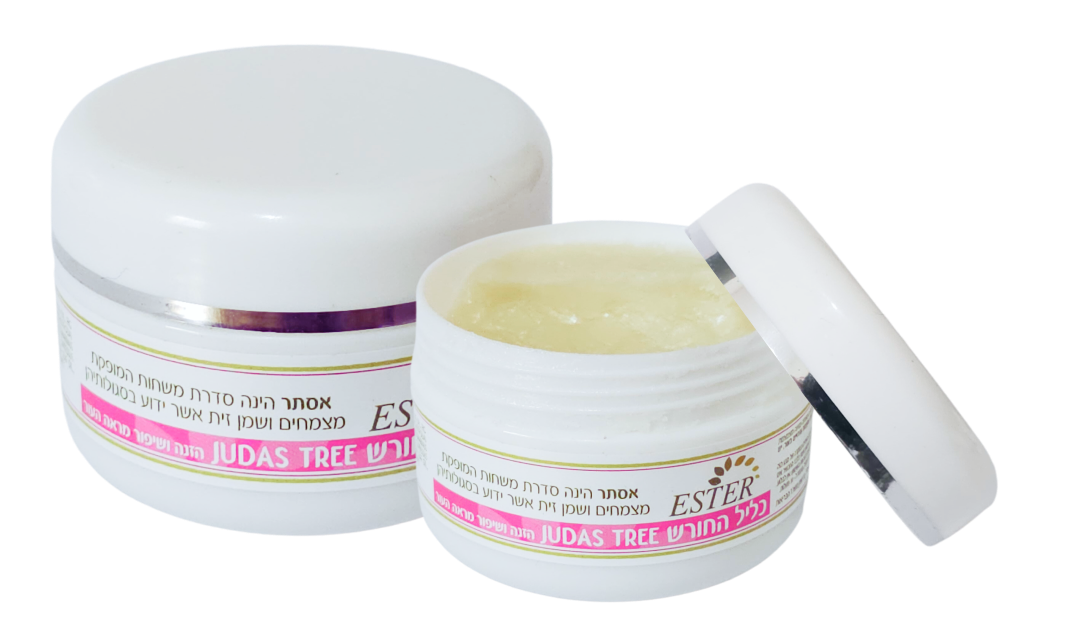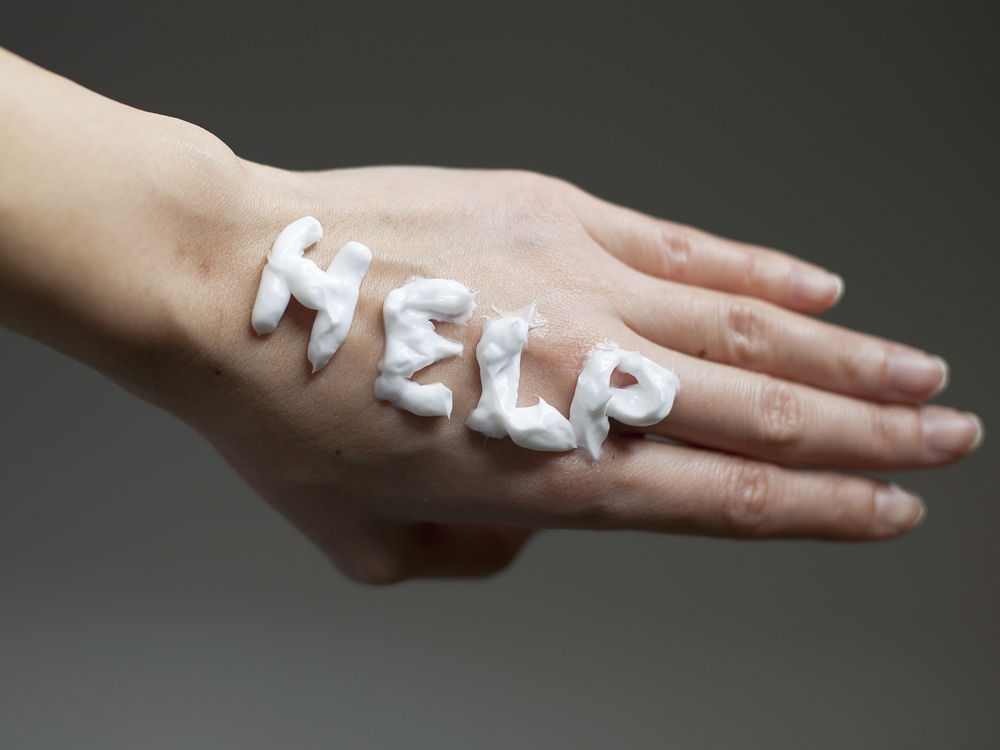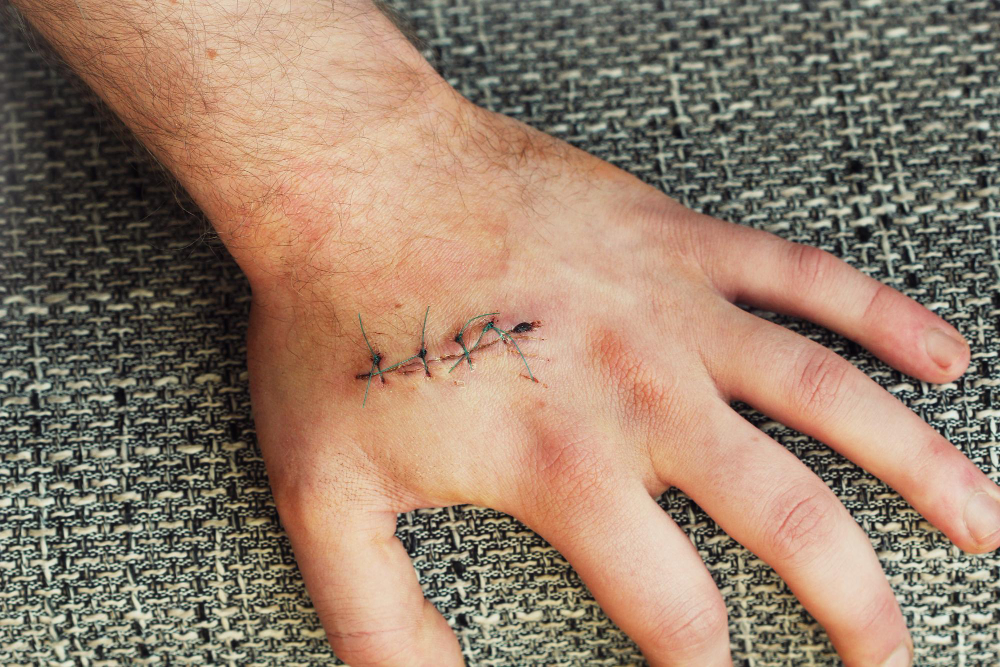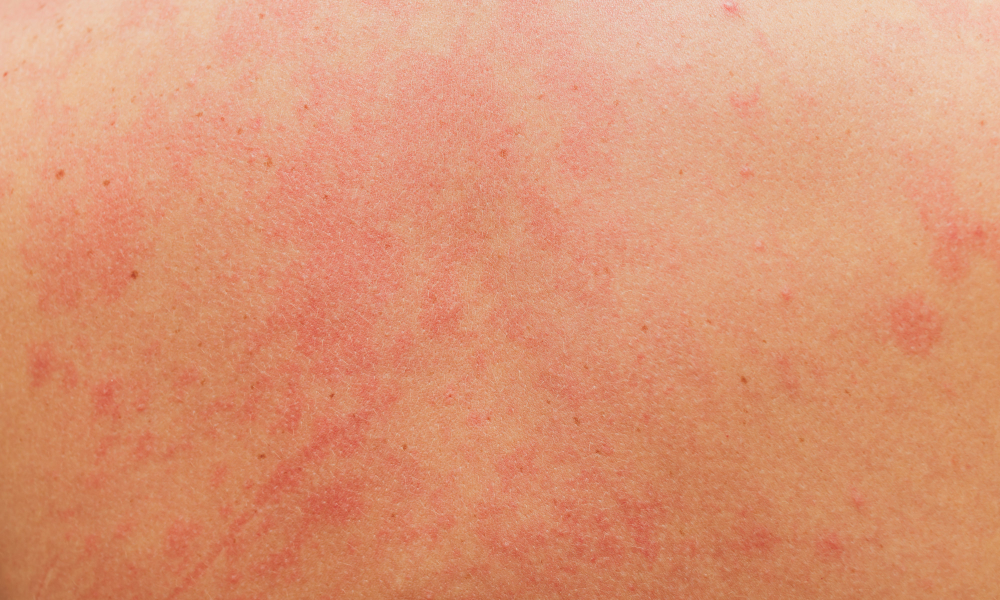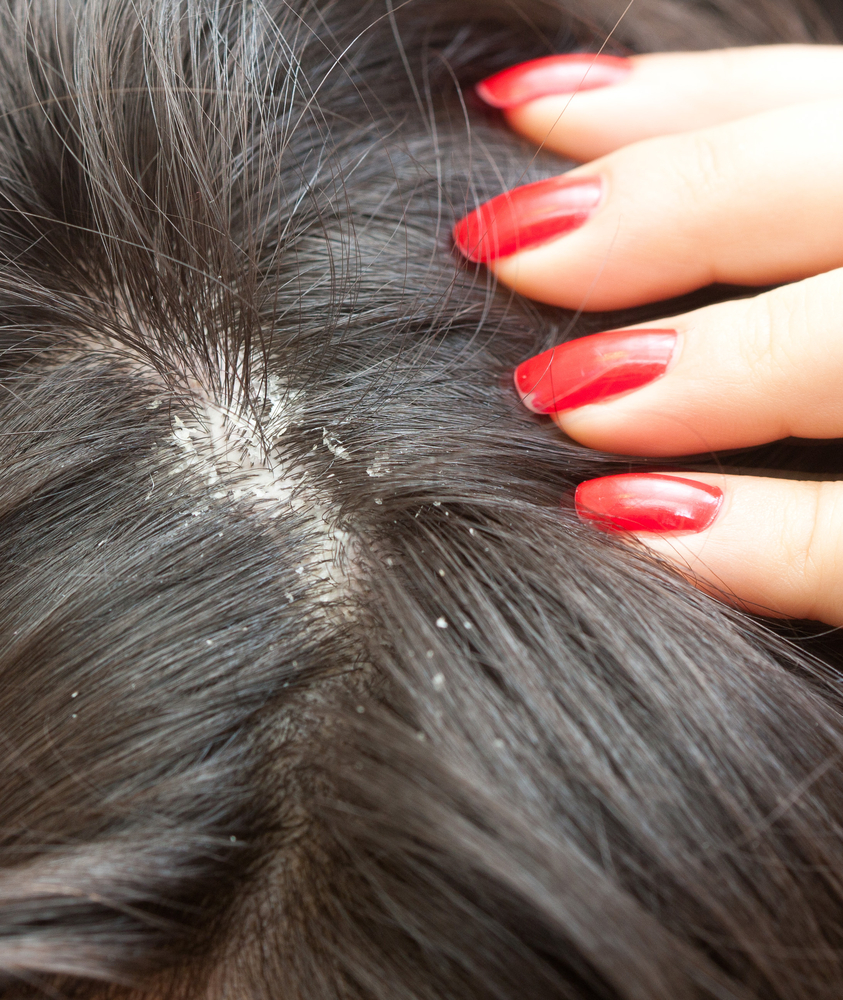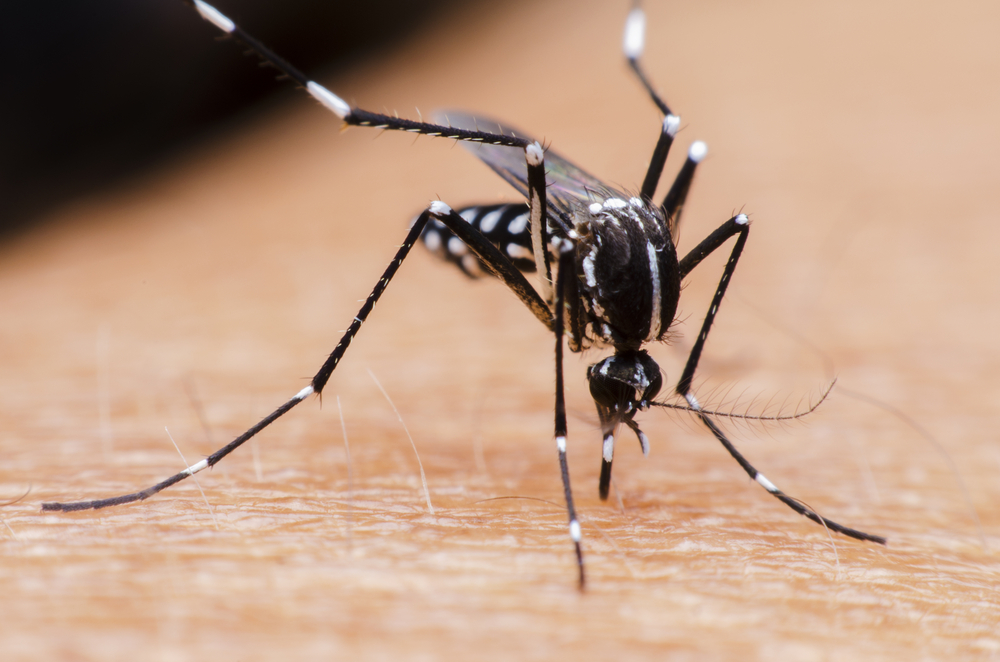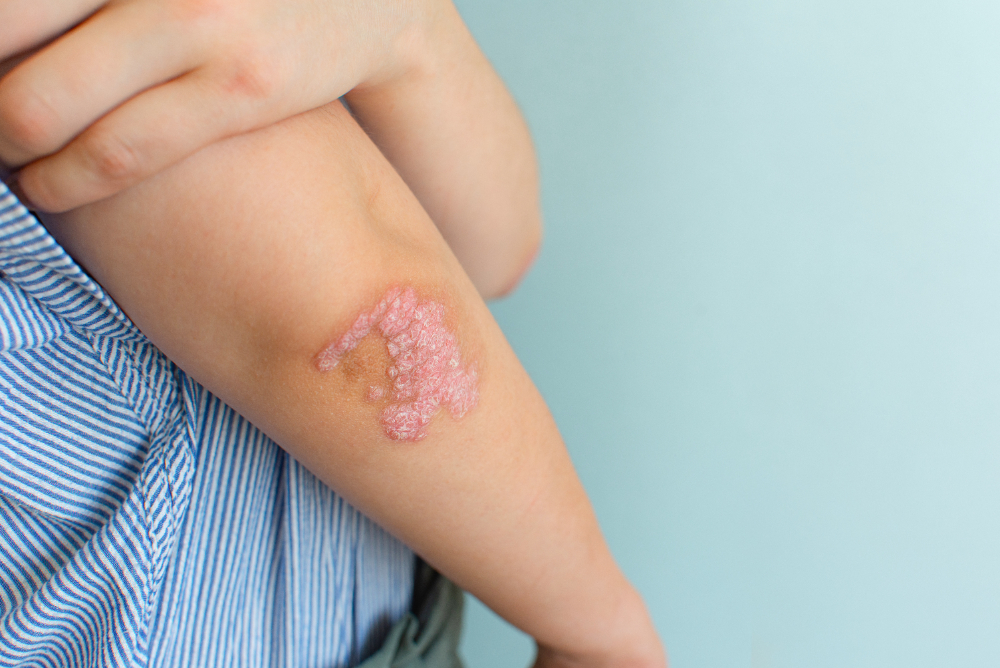Different Types of Sores on the Tongue
Various types of sores can appear on the tongue, causing pain and interfering with the normal function of the mouth and tongue. These sores differ in appearance, size, and cause, and each type requires a different, tailored treatment. If a tongue sore does not heal within a short time, it is recommended to see a doctor for proper diagnosis and appropriate treatment to aid healing and reduce discomfort.
Red Sores on the Tongue
Red sores in the mouth may be caused by inflammation, dehydration, or poor dental hygiene. Chemotherapy treatments can also lead to red sores on the tongue.
Fungal Infection on the Tongue
Many people suffer from tongue fungus without even realizing it. Common symptoms include dry mouth, bitter taste, and a white coating on the tongue. There may also be bad breath. The fungal infection is known as oral candida (thrush) and can be contagious through contact.
White Sores on the Tongue
These are aphthous ulcers, also known as “vitamin sores.” They can appear anywhere in the mouth and often cause significant pain and discomfort.
Sores on the Tongue in Children
Children can also experience white sores on the tongue, which may cause them considerable discomfort and affect their ability to eat properly. They might complain about difficulty eating and speaking. If a child has multiple mouth sores, the distress can be more severe and disruptive.
Treatment for Sores on the Tongue by Judas Tree Ointment
There are several ways to address tongue sores. While there may not be a cure that offers complete and instant healing, relief is possible through proper medication. A tongue sore treatment may help by numbing the area, reducing the discomfort felt during movement or chewing. Applying our Judas Tree ointment helps accelerate the healing process.
Most treatments for aphthous ulcers focus on symptom relief, though some may also aid in healing. Maintaining good oral hygiene and avoiding touching the mouth with dirty hands can reduce the risk of developing these sores. In fact, it’s often easier to prevent aphthae than to treat them once they appear.
Examples




